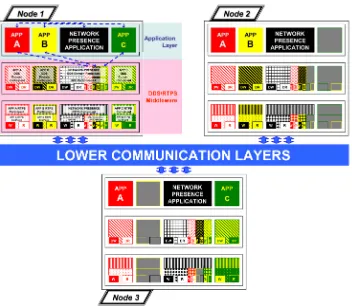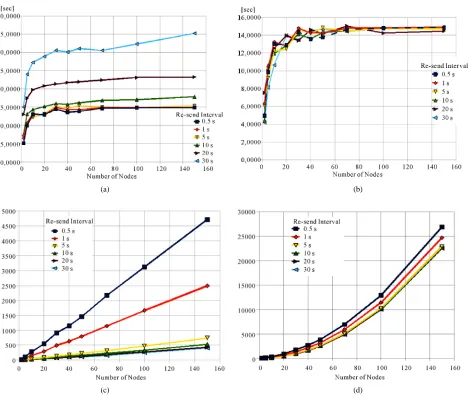Embedding Authentication & Authorization in Discovery Protocols for Standard Based Publish/Subscribe Middleware: A Performance Evaluation
Full text
Figure
![Figure 1. UML description of 1-to-1 correspondences between DDS and RTPS actors. (source:[5])](https://thumb-us.123doks.com/thumbv2/123dok_us/9015168.398165/4.595.60.539.67.362/figure-uml-description-correspondences-dds-rtps-actors-source.webp)



Related documents
Because a patient’s medications change fre- quently during the transitions of admission, intra- hospital transfer, and discharge, reconciliation is an active and ongoing process
When compared to efferent limb RT services, outreach services provided a more proactive interprofessional collaborative system- wide approach when responding to concerns of
and globally, remain on the negative side of the digital divide. This age-based digital divide is of concern because the internet enables users to expand their
To avoid the spectators opening the envelopes and taking out the cards during the presentation, the performer can sim- ply pick up the envelopes as soon as
For example, Dynamics GP, SharePoint, SQL Server, SQL Reporting Services, SQL Analytical Services, Excel, Word, Outlook, and Access are all products of Microsoft Corporation,
The next section briefly discusses rice development in Africa and Nigeria while the information on Ogun State and the Local Government Areas where rice is produced are contained
All of these sources of network instability result in a large number of routing updates that are passed to the core Internet exchange point routers.. Network instability can spread
On-Line Analytical Processing (OLAP) [3] technologies enhance the abilities of data warehouses (so far, mostly re- lational) to answer multi-dimensional analytical queries.
